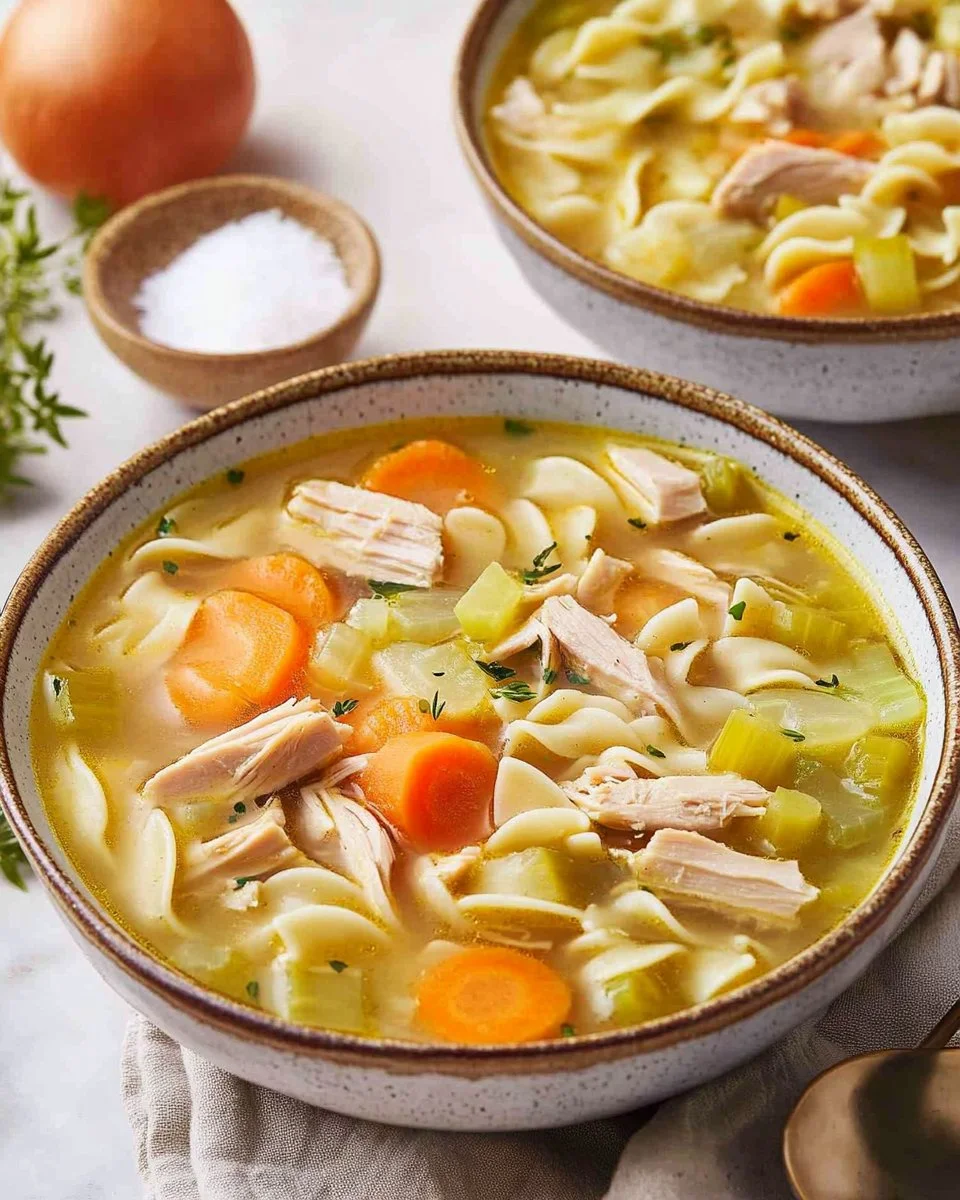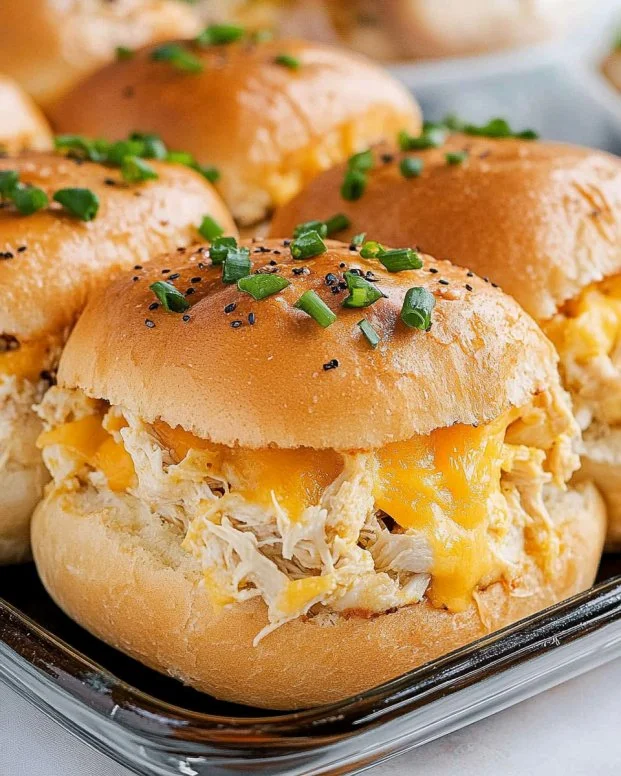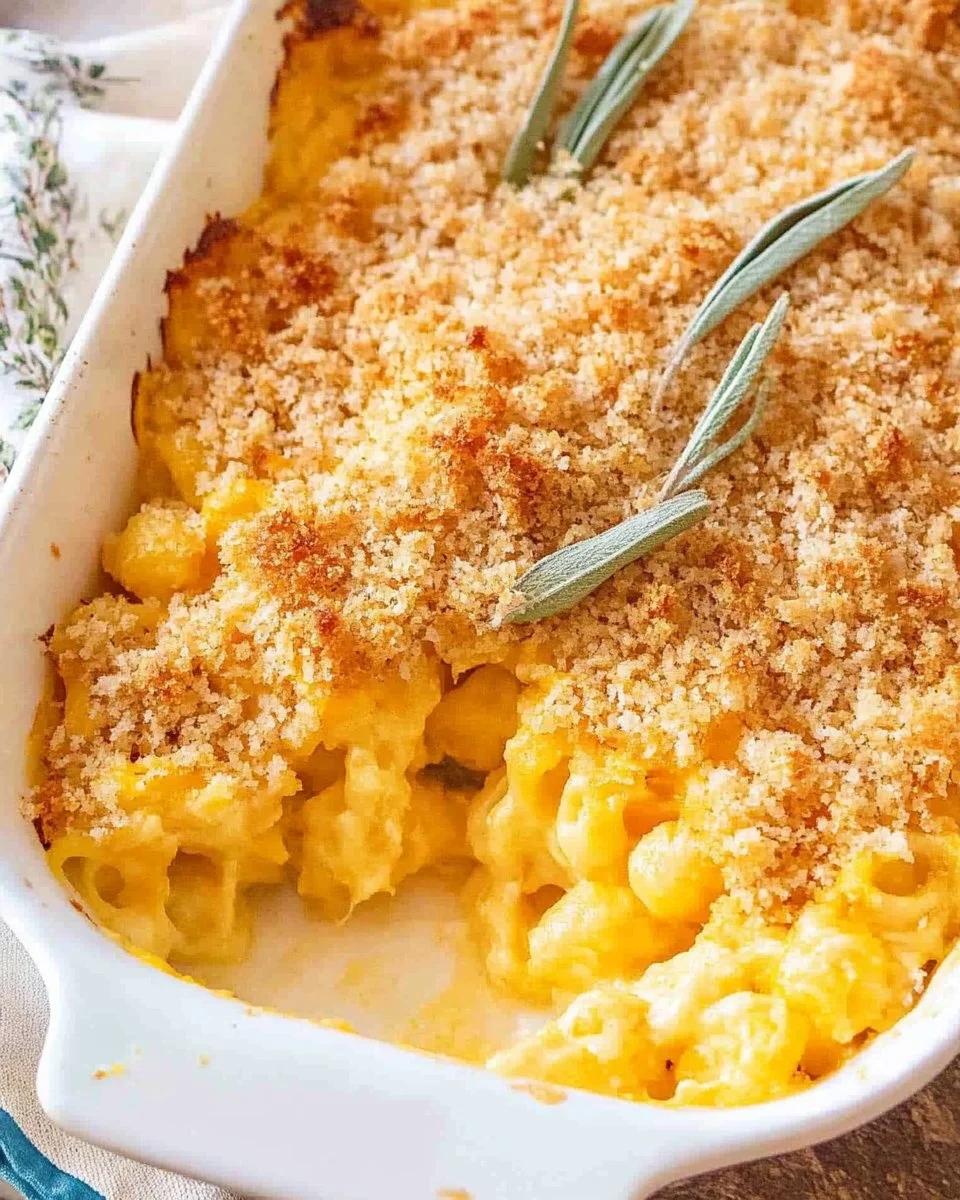Let’s be honest; who doesn’t love cookies? But if you’re following a ketogenic diet, traditional cookies are usually a big no-no. That’s where keto cookies come in! They’re the delicious solution that lets you enjoy a sweet treat without derailing your diet. But are they a must-have? Absolutely, and we are going to talk about all the reasons. Let’s dive into the world of keto cookies and see why they’re so popular.
What Makes a Cookie “Keto”?
To understand keto cookies, we first need to understand the ketogenic diet basics. The keto diet is all about significantly reducing your carbohydrate intake and replacing it with healthy fats. This shift puts your body into a state called ketosis, where it starts burning fat for energy instead of carbs. So, a keto cookie is very low in carbohydrates and is usually made with alternative flours and sweeteners.
Addressing the “Must-Have” Claim: Why Choose Keto Cookies?
So, why are keto cookies considered a “must-have” for many keto dieters? It’s not just about satisfying a sweet tooth. They offer several significant benefits that contribute to the overall success and sustainability of the ketogenic diet. We are going to talk about these benefits below.
Reason #1: Blood Sugar Control and Ketosis
One of the primary reasons keto cookies are so valuable is their impact on blood sugar and ketosis.
The Role of Low-Carb Sweeteners in Keto Cookies
Keto cookies utilize low-carb sweeteners like erythritol, stevia, monk fruit, or blends of these. These sweeteners have a minimal impact on blood sugar levels, meaning they don’t trigger a significant insulin response. This allows you to enjoy a sweet taste without disrupting ketosis.
Maintaining Ketosis with Keto Cookies: A Scientific Explanation
When you consume keto cookies made with appropriate ingredients, your body doesn’t experience the same glucose surge it would with traditional cookies. Because your blood sugar remains stable, your body continues to produce ketones and burn fat for fuel. This is crucial for staying in ketosis and experiencing the benefits of the ketogenic diet.
Long-Term Blood Sugar Benefits: Beyond the Immediate
Beyond simply maintaining ketosis, consistently choosing low-carb options like keto cookies can contribute to improved long-term blood sugar control. This can be particularly beneficial for individuals with insulin resistance or type 2 diabetes.
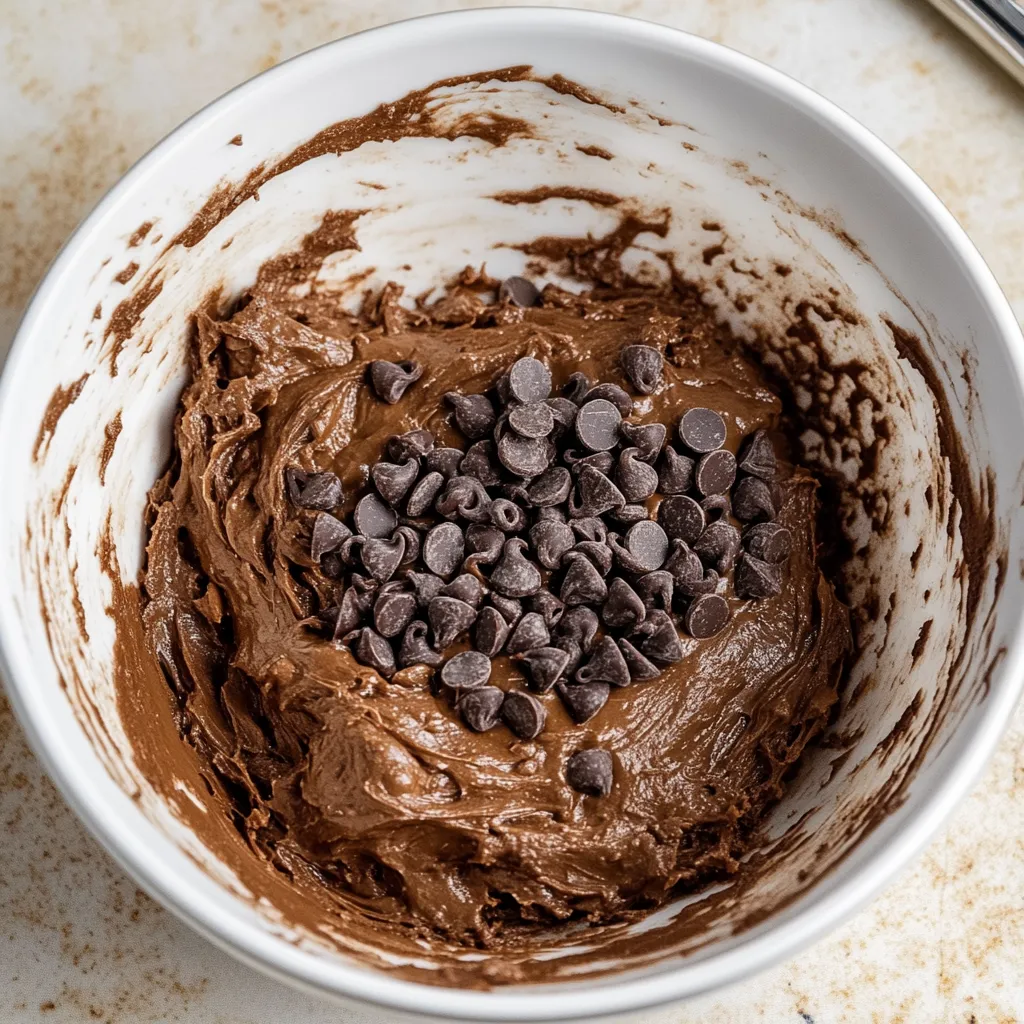
Reason #2: Packed with Healthy Fats and Nutrients
Another compelling reason to embrace keto cookies is their nutritional profile. Unlike traditional cookies, which are often devoid of real nutritional value, keto cookies can be a source of healthy fats and essential nutrients.
Common Keto Cookie Ingredients and Their Nutritional Benefits
Let’s look at some common keto cookie ingredients:
- Almond Flour: A great source of healthy fats, vitamin E, and magnesium. It provides a slightly nutty flavor and a tender texture.
- Coconut Flour: High in fiber and medium-chain triglycerides (MCTs), which are easily converted to energy. It has a slightly sweet, coconutty flavor.
- Other Nut Flours: Walnut flour, hazelnut flour, etc, add new flavors.
- Butter/Coconut Oil: Grass-fed butter and coconut oil are a great source of energy.
These ingredients contribute valuable nutrients that are often lacking in traditional, highly processed cookies.
Avoiding Unhealthy Additives: Choosing the Right Ingredients
It’s important to be mindful of the ingredients in your keto cookies, whether you’re making them yourself or buying them pre-made. Look for recipes or products that avoid artificial sweeteners, unhealthy oils (like hydrogenated oils), and excessive amounts of fillers or preservatives.
Reason #3: Curb Cravings and Prevent Diet Derailment
One of the biggest challenges on any diet, including keto, is managing cravings. Keto cookies can play a crucial role in overcoming this hurdle.
How Keto Cookies Can Help You Stay on Track
Having a keto-friendly option like keto cookies readily available can help you navigate these cravings without resorting to high-carb choices that would derail your progress. Knowing you have a delicious and permissible treat can make a huge difference in your ability to stick to the diet.
The Importance of “Treats” in Long-Term Diet Success
Completely depriving yourself of all treats is often unsustainable in the long run. Allowing yourself occasional keto-friendly indulgences like keto cookies can make the diet feel less restrictive and more enjoyable, increasing the likelihood of long-term adherence.
Avoiding the “All-or-Nothing” Mentality with Keto Cookies
The “all-or-nothing” mindset is a common pitfall in dieting. One “cheat” can lead to feelings of failure and abandonment of the diet altogether. Keto cookies provide a middle ground, allowing you to satisfy your sweet tooth without feeling like you’ve completely fallen off the wagon.
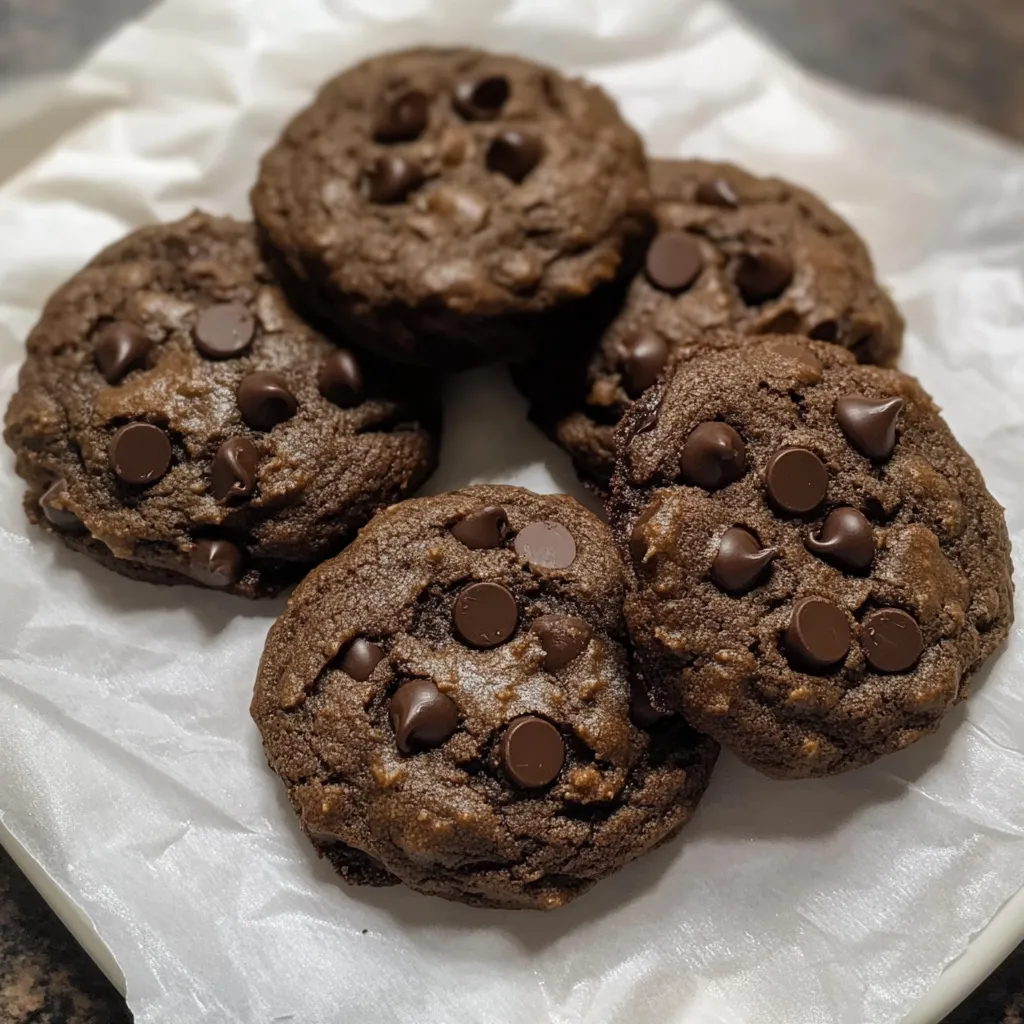
Reason #4: Versatility and Endless Flavor Options
Keto cookies are far from boring! The versatility of keto-friendly ingredients opens up a world of flavor possibilities.
Beyond Chocolate Chip: Exploring Keto Cookie Variations
While classic chocolate chip is a favorite, there’s so much more to explore:
- Peanut Butter Cookies: A classic, easily adapted to keto with natural peanut butter and low-carb sweeteners.
- Snickerdoodles: The cinnamon-sugar delight, recreated with keto-friendly ingredients.
- Gingerbread Cookies: Perfect for the holidays, with warming spices and a molasses-like flavor from low-carb sweeteners.
- Double Chocolate Cookies: For the ultimate chocolate lover, using cocoa powder and sugar-free chocolate chips.
- Shortbread Cookies: A simple yet great-tasting cookie.
Sweet, Savory, and Everything In-Between: Keto Cookie Flavor Profiles
You’re not limited to just sweet flavors. Experiment with:
- Savory Cheese Cookies: Use Parmesan or cheddar cheese for a savory, cheesy snack.
- Lemon Poppy Seed Cookies: Bright and refreshing, with a zesty lemon flavor.
- Spice Cookies: Using combinations of cinnamon, nutmeg, ginger, and cloves.
Keto Cookies for Every Occasion: Snacks, Desserts, and More
Keto cookies aren’t just for dessert. They can be:
- A quick and easy on-the-go snack.
- A satisfying treat with your afternoon coffee or tea.
- A festive addition to holiday gatherings.
- A thoughtful homemade gift for fellow keto dieters.
Essential Ingredients for the Perfect Keto Cookies
Now, let’s get into the nitty-gritty of what makes a keto cookie truly keto. The ingredients are key!
Flour Alternatives: Almond Flour, Coconut Flour, and More
Replacing wheat flour is the first step. Here are the top choices:
Properties of Almond Flour in Keto Cookies
- Texture: It creates a tender, slightly chewy texture.
- Flavor: Adds a mild, nutty flavor.
- Nutritional Value: Provides healthy fats, vitamin E, and magnesium.
- Important Note: Use finely ground blanched almond flour for the best results.
Properties of Coconut Flour in Keto Cookies
- Texture: Absorbs a lot of liquid, resulting in a denser, more cake-like texture.
- Flavor: Has a distinct coconut flavor, which can be masked with other strong flavors.
- Nutritional Value: High in fiber and MCTs.
- Important Note: Use coconut flour sparingly, as it can be drying. Often, it’s best used in combination with almond flour.
Sweetener Options: Erythritol, Stevia, Monk Fruit, and Blends
Choosing the right sweetener is crucial for both taste and keeping your cookies keto-friendly.
Comparing Sweeteners: Taste, Texture, and Glycemic Impact
- Erythritol: A sugar alcohol with a very low glycemic index (almost zero). It has a cooling effect in the mouth and can sometimes crystallize.
- Stevia: A natural sweetener derived from the stevia plant. It’s very potent, so only a small amount is needed. Some people find it has a slightly bitter aftertaste.
- Monk Fruit: Another natural sweetener with a low glycemic index. It’s often blended with erythritol to reduce the aftertaste.
- Blends: Many keto-friendly sweeteners are blends of the above, designed to optimize taste and minimize any negative side effects.
Binding Agents: Eggs, Xanthan Gum, and Alternatives
Binding agents hold the cookie together.
- Eggs: The most common binder, providing structure and richness.
- Xanthan Gum: A small amount of this powder helps to mimic the gluten in wheat flour, preventing the cookies from being too crumbly.
- Chia/Flax seeds: Can be combined with liquid to create a gel.
Flavor Enhancers: Extracts, Spices, and Zest
Don’t forget the flavor!
- Vanilla Extract: A classic addition to almost any cookie.
- Other Extracts: Almond, lemon, peppermint, etc.
- Spices: Cinnamon, nutmeg, ginger, cloves, etc.
- Zest: Lemon, orange, or lime zest for a bright, citrusy flavor.
- Cocoa Powder: For the chocolate lovers.
- Nuts and Seeds: Add some texture to your cookies.
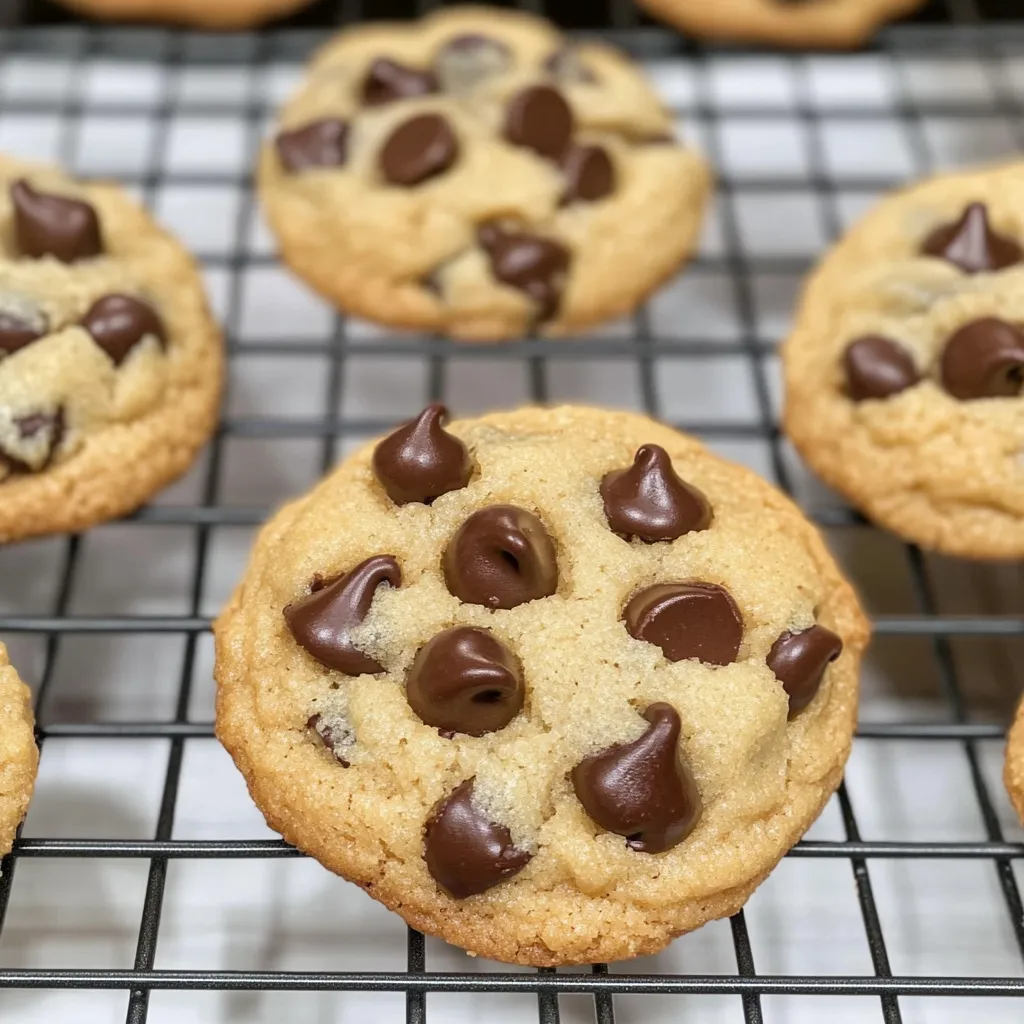
Mastering the Art of Keto Cookie Baking
Baking keto cookies can be slightly different from traditional baking. Here are some tips for success:
Achieving the Perfect Texture: Chewy, Crispy, or Cakey
- Chewy: Use a higher ratio of almond flour to coconut flour and slightly underbake.
- Crispy: Use a higher ratio of erythritol to other sweeteners and bake for a longer time at a slightly lower temperature.
- Cakey: Use a higher proportion of coconut flour and add a little extra liquid (like almond milk or cream).
Common Mistakes to Avoid When Making Keto Cookies
- Overmixing the Dough: This can develop the gluten in the almond flour (even though it’s less than wheat flour), making the cookies tough.
- Using Too Much Coconut Flour: This can result in dry, crumbly cookies.
- Not Chilling the Dough: Chilling the dough helps to firm up the fats, preventing the cookies from spreading too much during baking.
- Overbaking: Keto cookies can dry out quickly, so keep a close eye on them.
Troubleshooting: Why Are My Keto Cookies Crumbly/Flat/Dry?
- Crumbly: Too much coconut flour or not enough binder (eggs or xanthan gum).
- Flat: The Dough was too warm, or not enough flour was used.
- Dry: Overbaked, or too much coconut flour was used.
Baking Times and Temperatures: Getting It Right
- Most keto cookies bake at a lower temperature (around 325-350°F) than traditional cookies.
- Baking times vary depending on the recipe and the size of the cookies but generally range from 10-15 minutes.
- Keep a close watch – they can go from perfectly baked to overdone quickly!
Simple and Delicious Keto Cookie Recipes to Get You Started
Let’s put this knowledge into practice with some easy recipes!
Basic Keto Chocolate Chip Cookies
- Combine Dry Ingredients: Almond flour, erythritol/stevia blend, baking soda, salt, and sugar-free chocolate chips.
- Combine Wet Ingredients: Melted butter, egg, and vanilla extract.
- Combine Wet and Dry: Mix until just combined.
- Chill Dough: For at least 30 minutes.
- Scoop and Bake: Scoop onto a baking sheet and bake at 325°F for 10-12 minutes.
Keto Peanut Butter Cookies
- Combine Ingredients: Natural peanut butter, erythritol/stevia blend, egg, and vanilla extract.
- Mix well until a smooth dough forms.
- Chill Dough (Optional): For easier handling.
- Scoop and Bake: Scoop onto a baking sheet and bake at 350°F for 8-10 minutes.
Keto Snickerdoodle Cookies
- Combine Dry Ingredients: Almond flour, erythritol/stevia blend, baking soda, cream of tartar, and cinnamon.
- Combine Wet Ingredients: Melted butter, egg, and vanilla extract.
- Combine Wet and Dry: Mix until just combined.
- Make Cinnamon “Sugar”: Combine erythritol and cinnamon.
- Roll and Coat: Roll the dough balls in the cinnamon “sugar.”
- Bake: Bake at 350°F for 10-12 minutes.
Advanced Keto Cookie Recipes
- Macadamia Nut Cookies with White Chocolate (Sugar-Free): Explore using macadamia nut flour and sugar-free white chocolate chips.
- Lemon and Lavender Shortbread Cookies: Incorporate culinary lavender and lemon zest.
- Gingerbread Molasses cookies: Using sugar-free brown sugar and ginger
These recipes offer a starting point. Feel free to adapt and experiment with different flavors and ingredients!
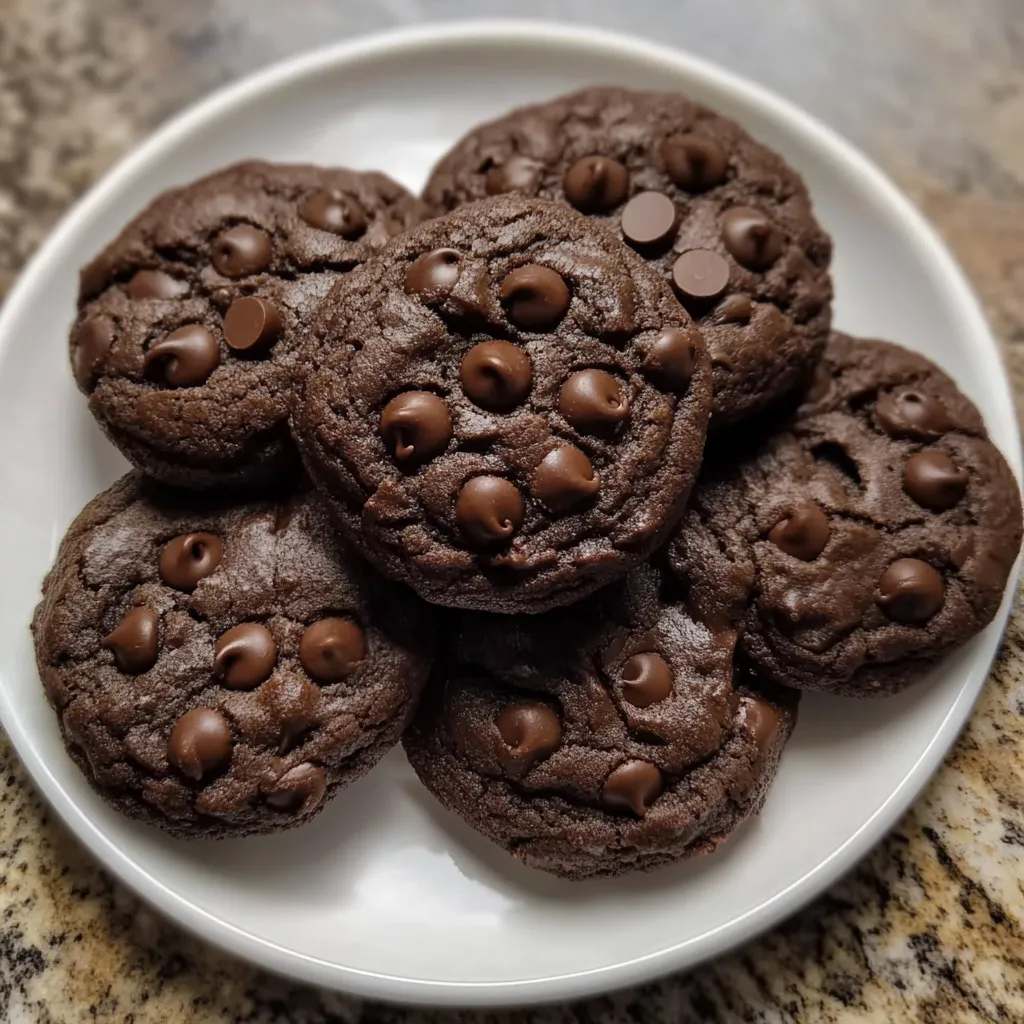
Storing and Freezing Keto Cookies for Maximum Freshness
Proper storage is essential to keep your keto cookies tasting their best.
Best Practices for Short-Term Storage
- Store in an airtight container at room temperature for up to 5 days.
- Adding a slice of keto-friendly bread to the container can help absorb excess moisture and keep the cookies soft.
Freezing Keto Cookie Dough: Tips and Tricks
- Scoop the dough into balls and place them on a baking sheet lined with parchment paper.
- Freeze until solid, then transfer to a freezer bag or container.
- Bake directly from frozen, adding a few minutes to the baking time.
Freezing Baked Keto Cookies: Maintaining Texture and Flavor
- Let the cookies cool completely.
- Wrap individually in plastic wrap, then place in a freezer bag or container.
- Freeze for up to 3 months.
Frequently Asked Questions
Let’s address some common questions about keto cookies:
Are Keto Cookies Really Healthy?
While keto cookies are a healthier alternative to traditional cookies, they are still a treat. They are low in carbs and sugar, but they should be consumed in moderation as part of a balanced ketogenic diet.
Can I Eat Keto Cookies Every Day?
It depends on your individual macros and calorie goals. While they’re keto-friendly, they still contain calories and should be factored into your daily intake.
Will Keto Cookies Kick Me Out of Ketosis?
If made with appropriate low-carb ingredients and consumed in moderation, keto cookies should not kick you out of ketosis.
What’s the Best Sweetener for Keto Cookies?
The “best” sweetener is subjective and depends on your taste preferences and tolerance. Erythritol, stevia, monk fruit, and blends of these are all popular options.
Can I Substitute Ingredients in Keto Cookie Recipes?
Yes, but be mindful of the properties of different ingredients. Substituting almond flour for coconut flour, for example, will significantly alter the texture.
My Keto Cookies Are Too Crumbly – What Did I Do Wrong?
This usually indicates too much coconut flour or not enough binder (eggs or xanthan gum). Try reducing the coconut flour or adding an extra egg yolk.
Are there Keto Cookie Recipes for people with allergies?
Yes, there are many variations of keto cookies that cater to different allergies. You can find recipes that are nut-free, dairy-free, or egg-free.

